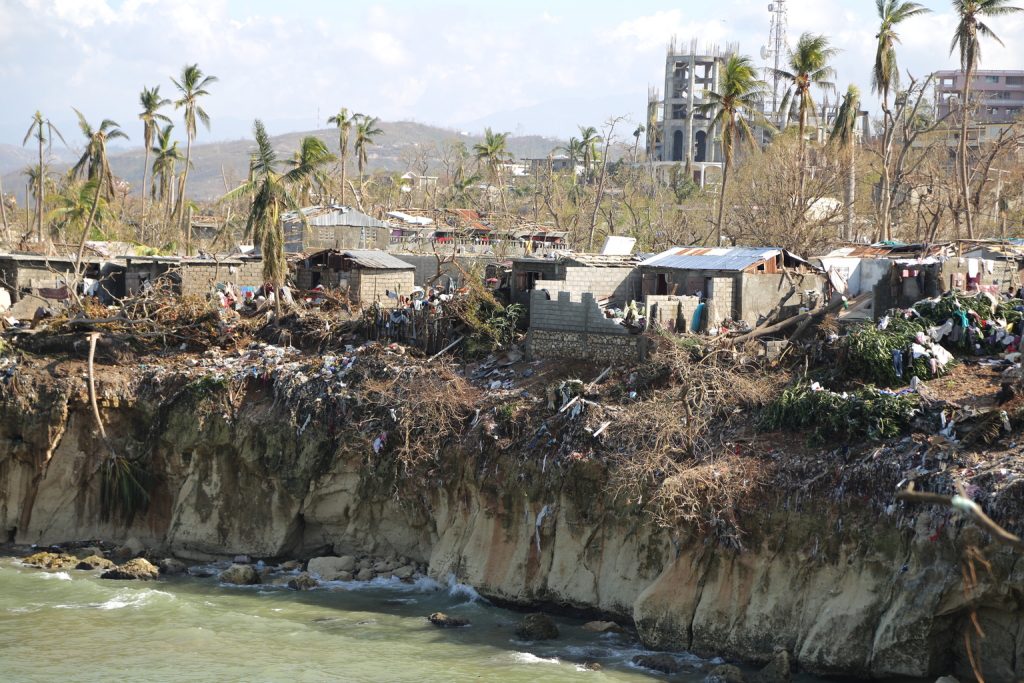The paper explores the degree to which exposure to natural disasters and poor governance(quality of governance) is associated with absolute child poverty in sixty-seven middle-and low-income countries. The data is representative for about 2.8 billion of the world´s population. Institutionalist tend to argue that many of society’s ills, including poverty,derive from fragile or inefficient institutions. However, our findings show that although increasing quality of government tends to be associated with less poverty, the negative effects of natural disasters on child poverty are independent of a country’s institutional efficiency.Increasing disaster victims (killed and affected) is associated with higher rates of child poverty.
A child’s estimated odds ratio to be in a state of absolute poverty increases by about a factor of 5.7 [95% CI: 1.7 to 18.7] when the average yearly toll of disasters in the child’s country increases by one on a log-10 scale. Better governance correlates with less child poverty, but it does not modify the correlation between child poverty and natural disasters. The results are based on hierarchical regression models that partition the variance into three parts: child, household, and country. The models were cross-sectional and based on observational data from the Demographic Health Survey and the Multiple IndicatorCluster Survey, which were collected at the beginning of the twenty-first millennium.The Sustainable Development Goals are a principle declaration to halt climate change, but they lack a clear plan on how the burden of this change should be shared by the global community. Based on our results, we suggest that the development agencies should take this into account and to articulate more equitable global policies to protect the most vulnerable,specifically children.



